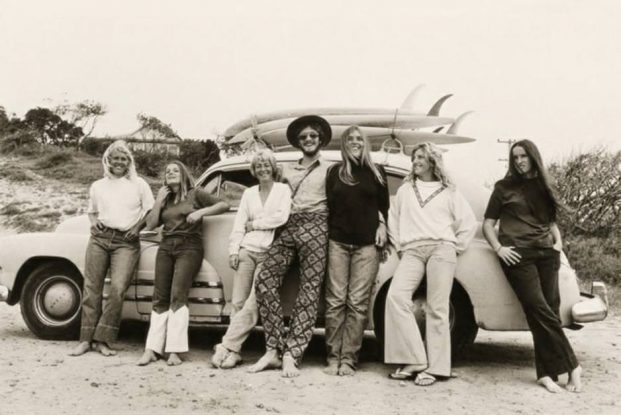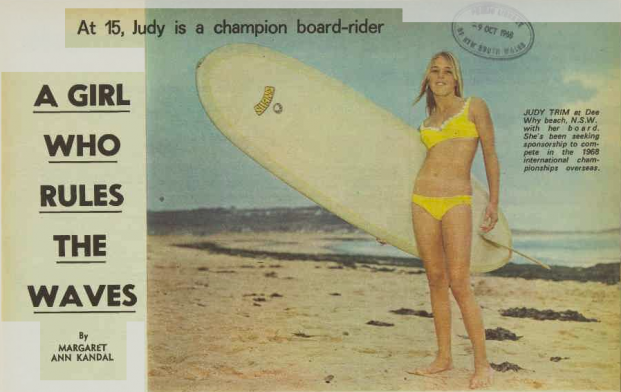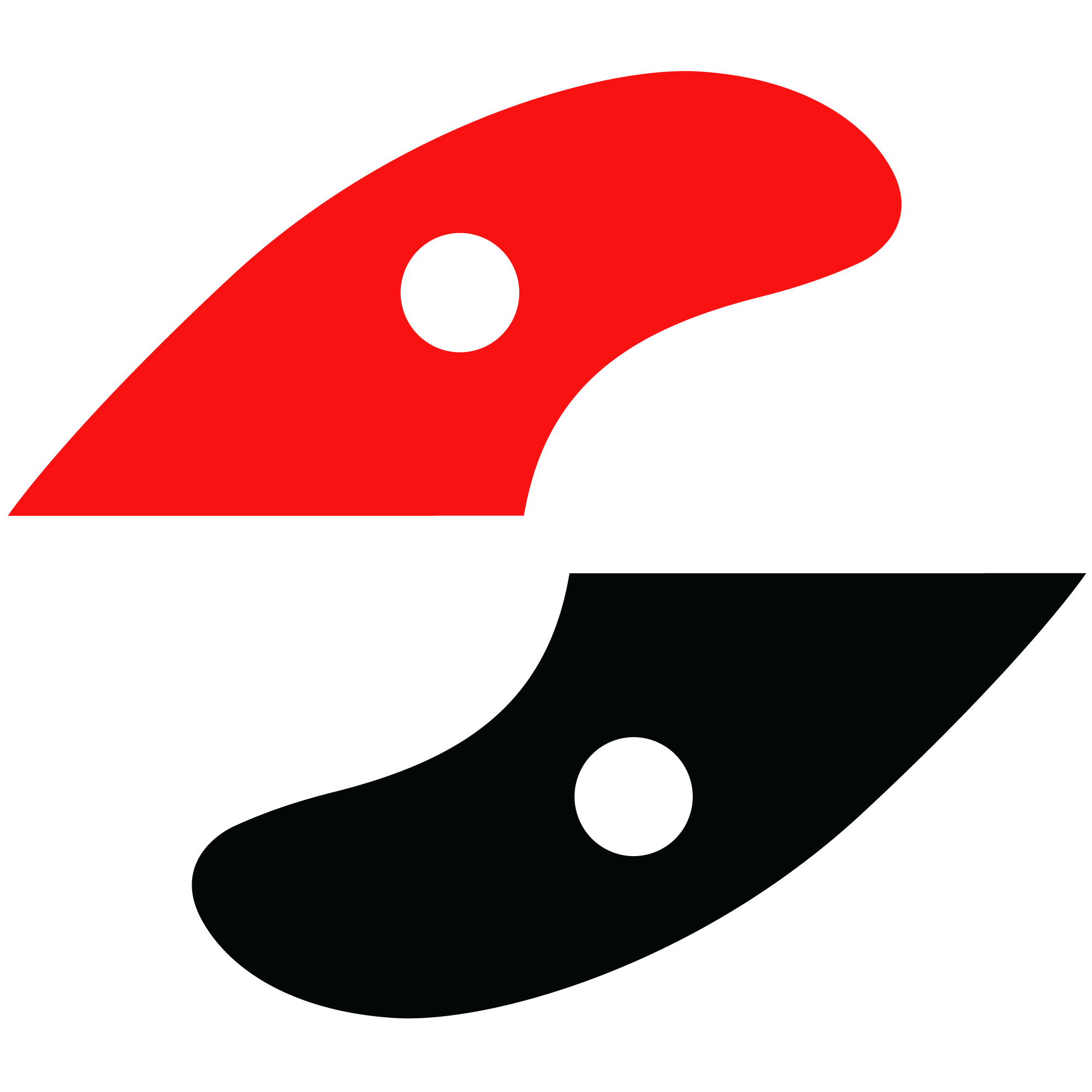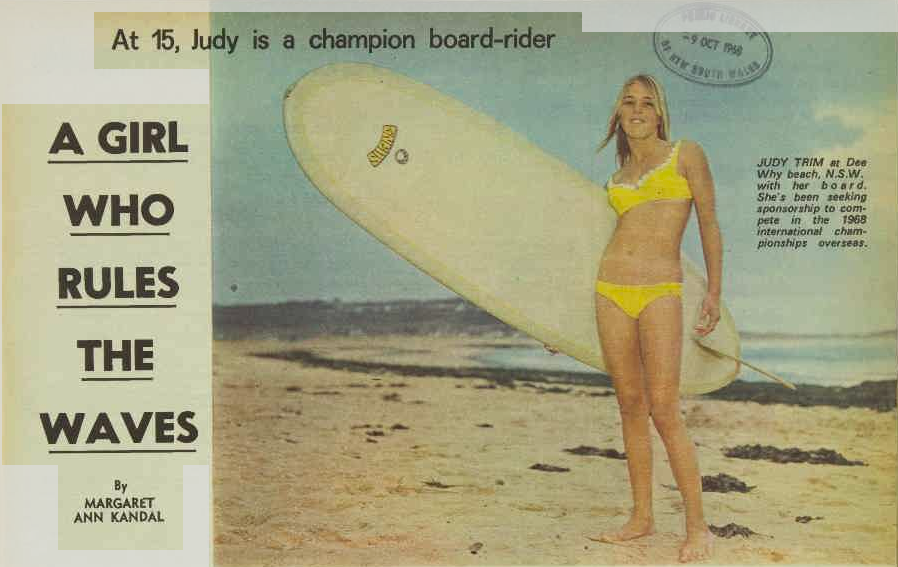Written by Jeff Bremer and originally published on Swellnet
Friday, 10 August 2018
On Sunday the 22nd July one of Dee Why’s great surfers passed away. Judy Trim died at age 64 after tragically breaking her neck in an accident four weeks earlier.
Judy burst onto the scene in 1968 at age 15, taking out the National Women’s Surfing Title. She followed it with another win in 1970 and podium places in 1969 and ’71, ’72 and ’74. She was also the first woman to receive the Duke Kahanamoku Award for most improved surfer. Judy also competed at Bells Beach and placed second between 1970 and 1974. The Bell’s trophy eluded Judy. At the time it virtually belonged to local legend Gail Couper who rang the Bell a record ten times between 1964 and 1976.
Judy was a much-loved surfing identity, and she surfed Dee Why Point at a time when few women were out there. Judy was full of fun and her old 1938 Buick was the subject of one of John Witzig’s most iconic surf photos of the era. That photo – see below – is now in the National Archives.

Judy’s bent for surfing was not surprising. Her father George and uncle Jack spent their childhood and most of their adult lives at Dee Why beach. George, a swimmer and bodysurfer, gave Judy her first surfboard at age 11. But it was her Uncle Jack who was her first inspiration for boardriding. In the 1940s and 50’s Jack was often seen surfing Dee Why Point on a 16ft plywood surfboard while wearing his signature white shark skin boardshorts. So it’s not surprising that in her early days Judy often surfed in a white one-piece bathing suit, and later in her contests in white boardshorts – it was part of the Trim tradition.
On his return from the war, Jack bought an old army Jeep and would drive it and his 16-footer up the beach to Long Reef. In 1946 he was the first man to surf the Butter Box, a reef break some 600m offshore at Long Reef.
Local surfers, including previous generation guys like Midget Farrelly and Bob McTavish knew her well, as did just about every serious surfer on the Northern Beaches. From 1968 onwards, as a recognised champion, she was on her way with a sponsorship from Shane Surfboards and a widening circle of contacts and friends throughout Australia and around the world.
The list of close friends from that era is too long to give. But special mention has to go to local surfer Jim Beardsley who tragically died in 1999, another victim of gun violence in America. He and Judy were friends from childhood and she had great pleasure meeting his children in 2014. On a number of occasions Judy said she wanted to have a memorial bench at Dee Why Beach dedicated to Jim. Maybe it’s fitting that those long-time friends get a bench together. Or perhaps add plaques to the bench already dedicated to her father George Trim with its inscription “a true Dee Why Legend”.
Those early years were the coming of age story for Judy and all of us who knew her. Waking each other up at 5am to go surfing before school. Tales of derring-do in the surf and seeing the sun rise on a crystal ocean with dolphins frolicking around us. Saltwater and lazy days hanging out with your surfer brothers and sister Judy – our tribe. We all have wonderful memories of those times and Judy recently remarked looking back, “nothing harsh that can happen to me can erase that time of joy”

But they were different times too that made it hard for a young female surfer. Pam Burridge described it well in 2017 interview on the ABC. “It was kind of the dark ages of surfing; it was a tough time to be anyone in surfing, be it a marginal, like a young person, or a woman or a lesser surfer. It was tough.”
Despite Judy and other women surfers having many supporters, there were lots of derogatory comments and aggression.
They were tough times in other ways too. At age 18, around the time of Witzig’s photo, she told everyone in the Dee Why scene that she was gay. At first the local surfers were stunned. A great many took it in a kind and decent way and Judy always had the love and unconditional support of her mum and dad, her sister Barbara and her many friends. But cultural attitudes and that darker flip-side to surf culture were still there. She spoke up for gay rights when hostility was widespread.
Maybe none of us knew how sinister and dangerous prejudice was back then, but in the face of all that Judy’s vitality, humour and love of life came through. We all have fond memories of her telling anyone who gave her a bit of lip to “get stuffed” with that fierce sense of fairness and justice she got from George and Jack.
Her actor-friend and neighbour Michael Lake shared a beautiful anecdote in his eulogy of how George taught her to box, and amongst other things how to “light a cigarette for a lady”. Judy demonstrated this for Michael and as he put it so eloquently, “In that modest exchange …I believe George her father was saying to his daughter, “Judy, I know your heart, and I love you.”
Judy challenged our beliefs at a time when being gay invited abuse and assault and sadly as we know in retrospect, hate crimes including murder. The world is now a kinder and gentler place. People still suffer discrimination, fear, and anxiety for being who they are, but Judy and the others who spoke up loudly at the birth of the modern gay movement made a huge difference. She continued living that truth all her life, and those honest actions and the example she set was one of her great achievements.
Judy’s greatest wish, at least in competitive surfing, was to go to the World Championships and represent Australia. She was selected in the Australian teams for 1969 and 1972. But ASA officials and the industry considered the women’s competition a mere sideshow. Women’s liberation was a hot social topic back then, but the surfing world didn’t get it, nor did any other professional sports organisations. There were no sponsors for the trip and in the days before easy credit Judy was unable to raise the funds. By the mid 70’s, perhaps because of official indifference or the lack of a professional tour, Judy had lost her enthusiasm and drifted away from surfing. She was not alone, by 1972 even Peter Drouyn, the 1970 Australian men’s champion, was disenchanted with competitive surfing. He at least stayed in the water and later returned to competition, but Jude drifted away.
There was something else going on at the time in surfing too. In the late 1960’s a gentle tide of drugs began to wash in on the Sydney beaches. The tide became a tsunami in the 70’s and 80’s and many lives were either lost or seriously messed up, with our friends amongst them. Judy was not immune and 35 years later when we met in a café in Glebe she told me about her battles with drugs and alcohol.
It would be a mistake to write the rest of this story as a cliché about a champion lost to drugs. Judy led a full and rewarding life. Both of us left surfing for our own reasons and both longed to get back and recapture the magic sense of belonging that we had in our youth. For me, the surfing came back 28 years later and I returned to Dee Why, welcomed with open arms. It was 2009 and the two disconnected halves of my life clicked together like magnets. I’ve been healed ever since by friendships regained and conversations re-started as if they stopped just 35 minutes ago rather than 35 years.
But it was not me that got Judy back to the beach but one of the ‘little guys’. A grommet who looked up to us when we were 15 or 16 years of age. Brian ‘Runna’ Langbein befriended Judy after seeing her drinking coffee at a Dee Why café in 2012. He got her a computer and set her up on Facebook that year and that opened up a new world of communication with others, especially Runna’s best mate Russell Lewis who became a rising star in the Michael Petersen era and is now a respected shaper and high-performance surf coach in Hawaii. Both of those guys stayed close to Judy and anyone who saw it, could see it was good. A 2016 posting by Judy said it all: “Since I have been on Facebook, I have reconnected with people I used to surf with…and it was so easy to talk”
That same year Brian bought Judy two surfboards, a 9’6” mal to start on and a beautiful Shane swallow tail – a collector’s board from her old board sponsor. The Langbeins arranged another meeting at their place soon after on a sunny day in June 2016. For the first time in decades Judy hung out with the bros for an afternoon and loved it. Most of all she loved Brian and Sandra for their kindness and friendship. There she met Russell back from Hawaii and two other friends, Col Steell and John Caves. The photo of the reunion was long coming, and it was all smiles and happiness. Judy was now keen to get back in the water, and we can only speculate that one day the two parts of her life would come together too. It really looked like 2018 would be Judy’s year, but unfortunately all that was stopped short by the accident.
At the memorial service on 1st August, people came from far and wide: surfers from all over Australia; the local Dee Why crowd and family who knew her so well; and the people from her other life. The latter included her many friends and loved ones. Actors, singers, musicians, friends, lovers, acquaintances, gay, lesbian, and straight friends from her beloved suburb of Glebe, and the lifelong friends she had made in recovery. People who’d stuck by her in thick and thin. Those she helped and mentored and others who had helped her. She had worked with runaway girls, cooked and cared for the elderly and weak, and made friends in places high and low.
At the service, Michael Lake and Zed Tintor, another close friend, spoke of her happy and mischievous personality. Michael painted a picture of humour and laughter, a woman who was tough and cared for deeply by her peer group, a confidant of rock musicians like Chrissy Amphlett, but most of all loving, loyal, down-to-earth, and brave in the face of adversity. The same mischievous girl we all knew. She was joking to the end.
In that service and the meeting between friends and family afterwards the two halves of Judy’s life came together. Her friends were delighted to hear about her achievements and connections in the surfing world. Judy had always been modest and made little of it. Equally, the surfers were delighted to meet her talented friends and realise that she was happy, much-loved and admired in that other life she made for herself. She had lived a life of courage and love. The love of friends, the love of a father and mother, of a lover, the love of a family and the love of life. Not much else counts.
I returned to Perth uplifted and marvelling at how complete her life was. She had times of anxiety, self-doubt, and failure but we all do and it’s not that which defines us. Rather it’s what you do about it and whether or not we get up again. It’s about who we loved and what we did for others.
She was loved greatly by her partner Sue Barker and their family, her mother Bev, sister Barbara, her niece and nephew Sophie and George Worthington, and her many, many friends.
I played Janis Joplin’s album ‘Pearl’ on the way to the airport. Judy loved that LP in 1971, and memories came flooding back. I had forgotten how damn good it was. I remembered the Judy then and thanks to Michael Lake’s beautiful eulogy I remembered the Judy now with a smile. I think I will forever.
In the coming summer there will be a paddle out to spread her ashes off Dee Why Point. The two surfboards given by Brian will be there and her friends Michael and his partner Tony will be on them. Other non-surfing friends and family will be encouraged to paddle out as well. Judy will be there with her mates to guide them safely beyond the waves and back to the beach where it all began.
// JEFF BREMER 08/08/2018



wonderful …too many tears to be able to write anything else beside thank you.